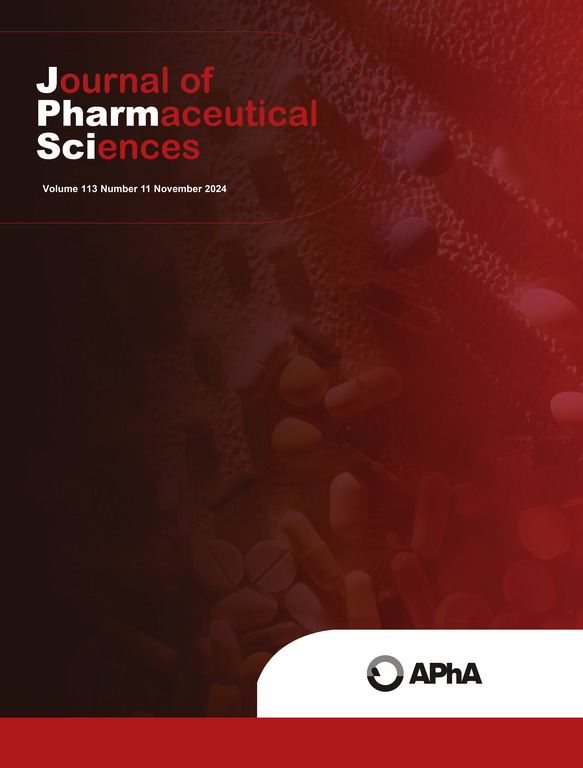利用Simcyp模拟器对稳态分布体积的计算机预测方法进行跨物种评估。
IF 3.7
3区 医学
Q2 CHEMISTRY, MEDICINAL
引用次数: 0
摘要
预测稳态分布体积(Vss)是药代动力学预测的关键组成部分,通常使用临床前数据进行指导。然而,当基于生理药代动力学(PBPK)模型的自下而上预测与临床前物种中观察到的Vss不一致,或者不同模型预测的Vss差异显著时,对于选择模型或临床前物种来改进预测尚无共识。通过对大鼠、狗、猴和人的Vss预测进行系统分析,使用常见的方法,需要一种实用的预测人类Vss的策略,无论是否整合临床前PK信息。在这项分析中,我们整理了一个包含57种不同化合物的数据集,其中包含测量的物理化学和蛋白质结合数据,以及这些物种中观察到的Vss。使用自下而上的方法,每种方法的预测性能在物种之间是一致的。虽然没有一种方法在所有化合物类型和物种上都能始终优于其他方法,但M2(罗杰斯-罗兰方法)在酸方面的表现略好。需要可比较的化合物特异性全局组织Kp标量来匹配观察到的Vss,人类和临床前物种。因此,将临床前Kp标量的几何平均值应用于人类Vss预测提高了准确性。我们提出了一个决策树,用于人类Vss预测使用PBPK方法有或没有整合临床前PK信息。本文章由计算机程序翻译,如有差异,请以英文原文为准。
A cross-species assessment of in silico prediction methods of steady-state volume of distribution using Simcyp simulators
Predicting steady-state volume of distribution (Vss) is a key component of pharmacokinetic predictions and often guided using preclinical data. However, when bottom-up prediction from physiologically-based pharmacokinetic (PBPK) models and observed Vss misalign in preclinical species, or predicted Vss from different models varies significantly, no consensus exists for selecting models or preclinical species to improve the prediction. Through systematic analysis of Vss prediction across rat, dog, monkey, and human, using common methods, a practical strategy for predicting human Vss, with or without integration of preclinical PK information is warranted. In this analysis, we curated a dataset of 57 diverse compounds with measured physicochemical and protein binding data, together with observed Vss in these species. Using a bottom-up approach, prediction performance was consistent across species for each method. Although no method consistently outperformed others for all compound types and across species, M2 (Rodgers-Rowland method) performed marginally better for acids. Comparable compound-specific global tissue Kp scalars were needed to match observed Vss for both, human and preclinical species. Consequently, application of geometric mean values of preclinical Kp scalar to human Vss prediction improved accuracy. We propose a decision tree for human Vss prediction using PBPK methods with or without integrating preclinical PK information.
求助全文
通过发布文献求助,成功后即可免费获取论文全文。
去求助
来源期刊
CiteScore
7.30
自引率
13.20%
发文量
367
审稿时长
33 days
期刊介绍:
The Journal of Pharmaceutical Sciences will publish original research papers, original research notes, invited topical reviews (including Minireviews), and editorial commentary and news. The area of focus shall be concepts in basic pharmaceutical science and such topics as chemical processing of pharmaceuticals, including crystallization, lyophilization, chemical stability of drugs, pharmacokinetics, biopharmaceutics, pharmacodynamics, pro-drug developments, metabolic disposition of bioactive agents, dosage form design, protein-peptide chemistry and biotechnology specifically as these relate to pharmaceutical technology, and targeted drug delivery.

 求助内容:
求助内容: 应助结果提醒方式:
应助结果提醒方式:


